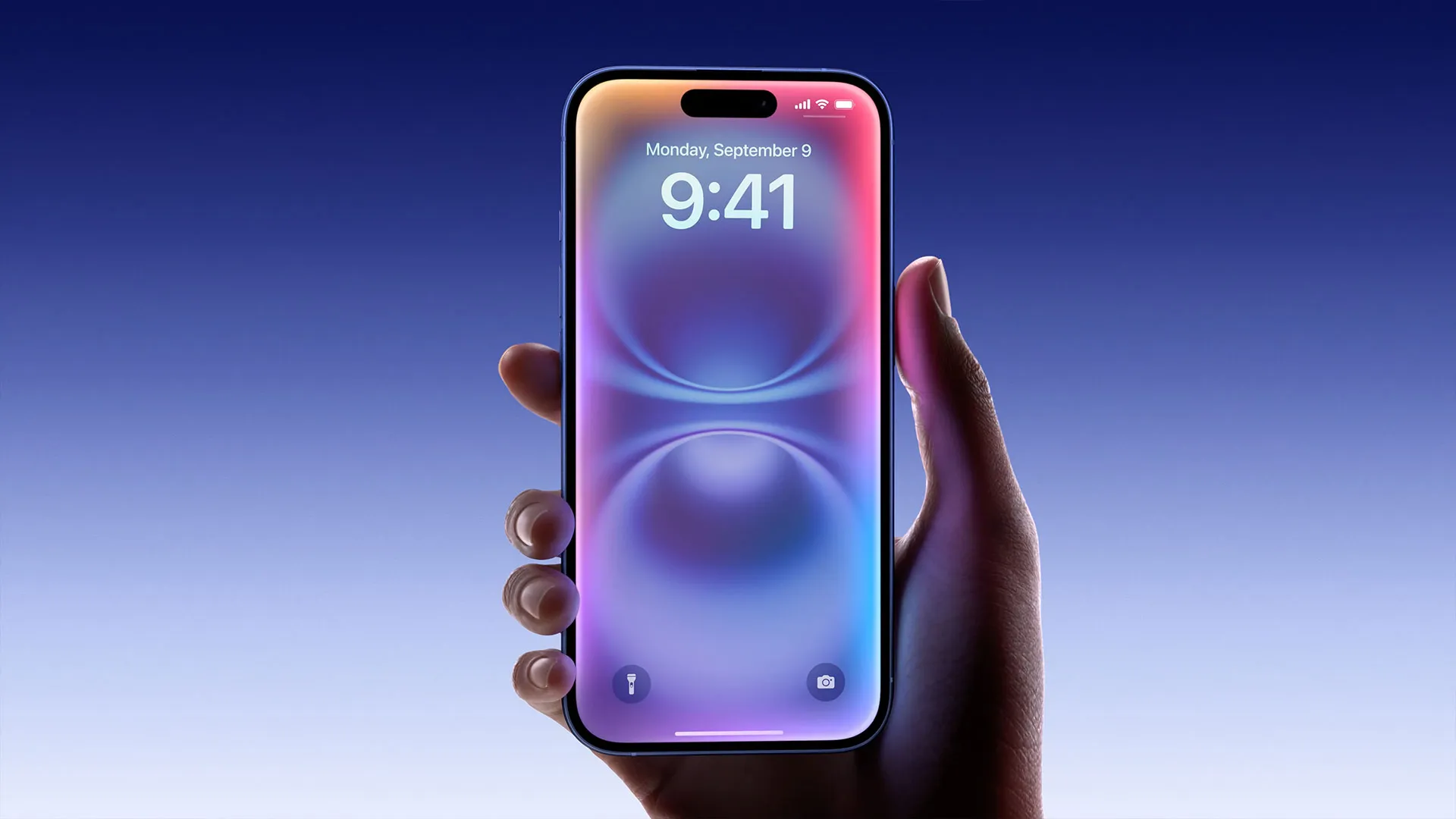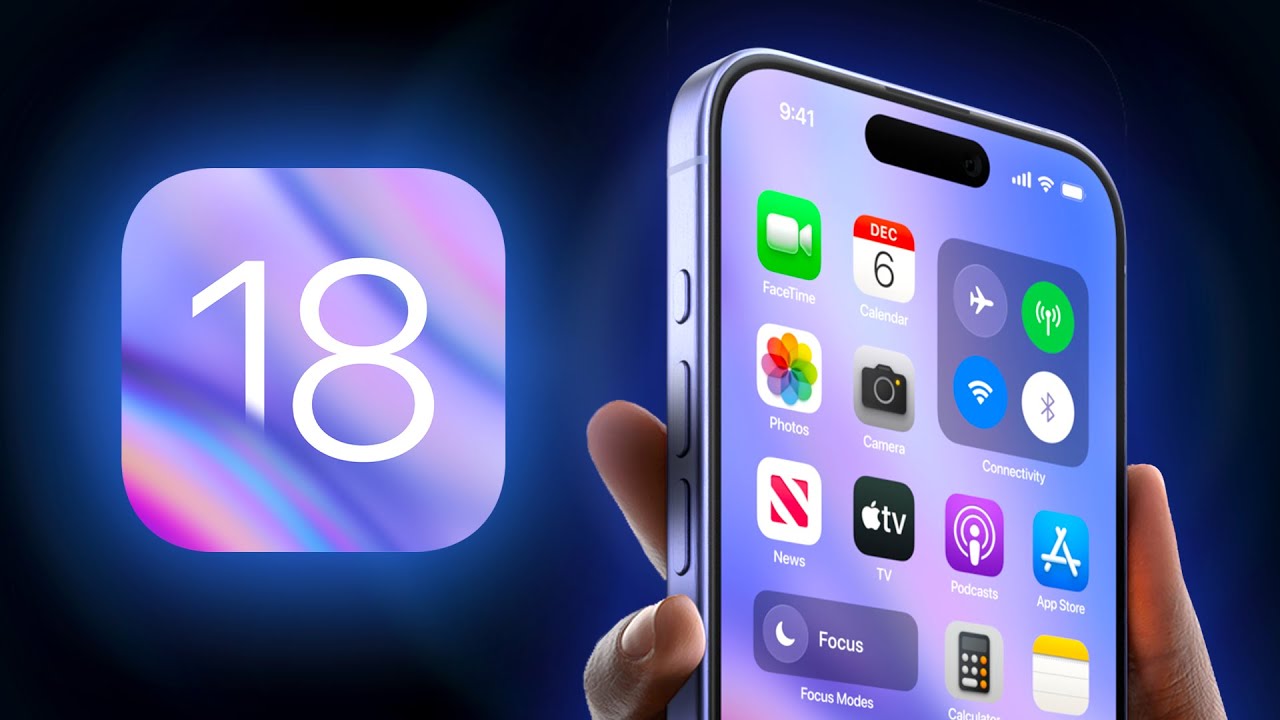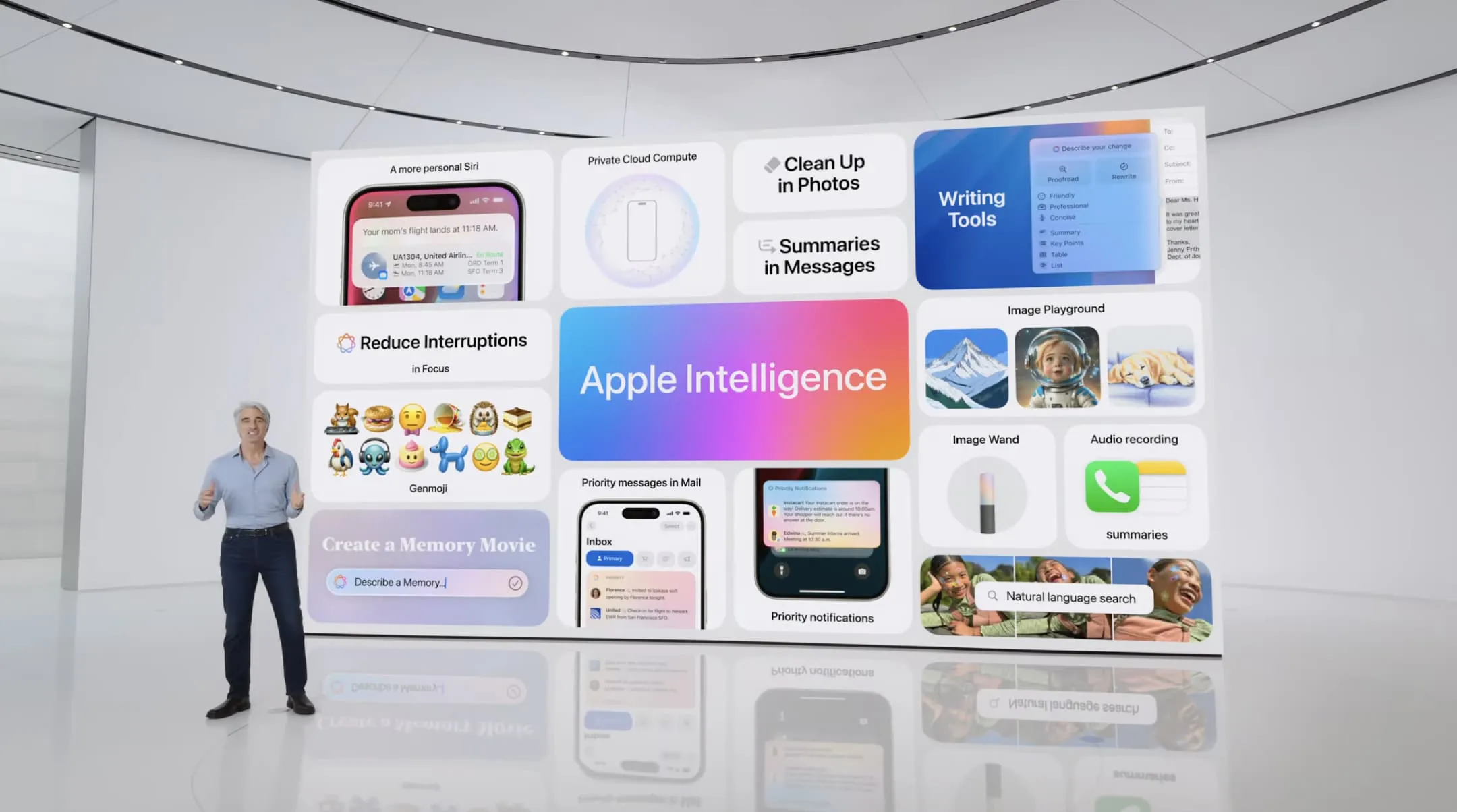The Control Center in iOS 18 has become my go-to feature, and I’m excited to share why it’s so great. Apple gave it a fresh look, making it super easy to use and customize. Now, I can quickly tweak settings like Wi-Fi, brightness, or volume without digging through menus. It feels smooth and simple, saving me time every day.
What makes it stand out is how I can make it my own. I’ve added shortcuts for things I use a lot, like turning on my flashlight or starting a playlist. Rearranging the layout is a breeze—just drag and drop to put my favorite controls front and center. There’s even a new music widget that lets me switch songs without opening an app.
It’s little touches like these that make a big difference. Apple also added some cool extras, like better Focus mode toggles. I can switch between Work or Personal modes in a snap, helping me stay on track. The design is clean, with smooth animations that make sliding controls fun.
It’s not just about looks, though—everything feels faster and more reliable. For me, the Control Center is now the heart of my iPhone. It’s where I go to get things done quickly, whether I’m adjusting settings or jumping into my favorite apps. If you’ve updated to iOS 18, try customizing it yourself. It’s a small change that makes using your phone so much better.


